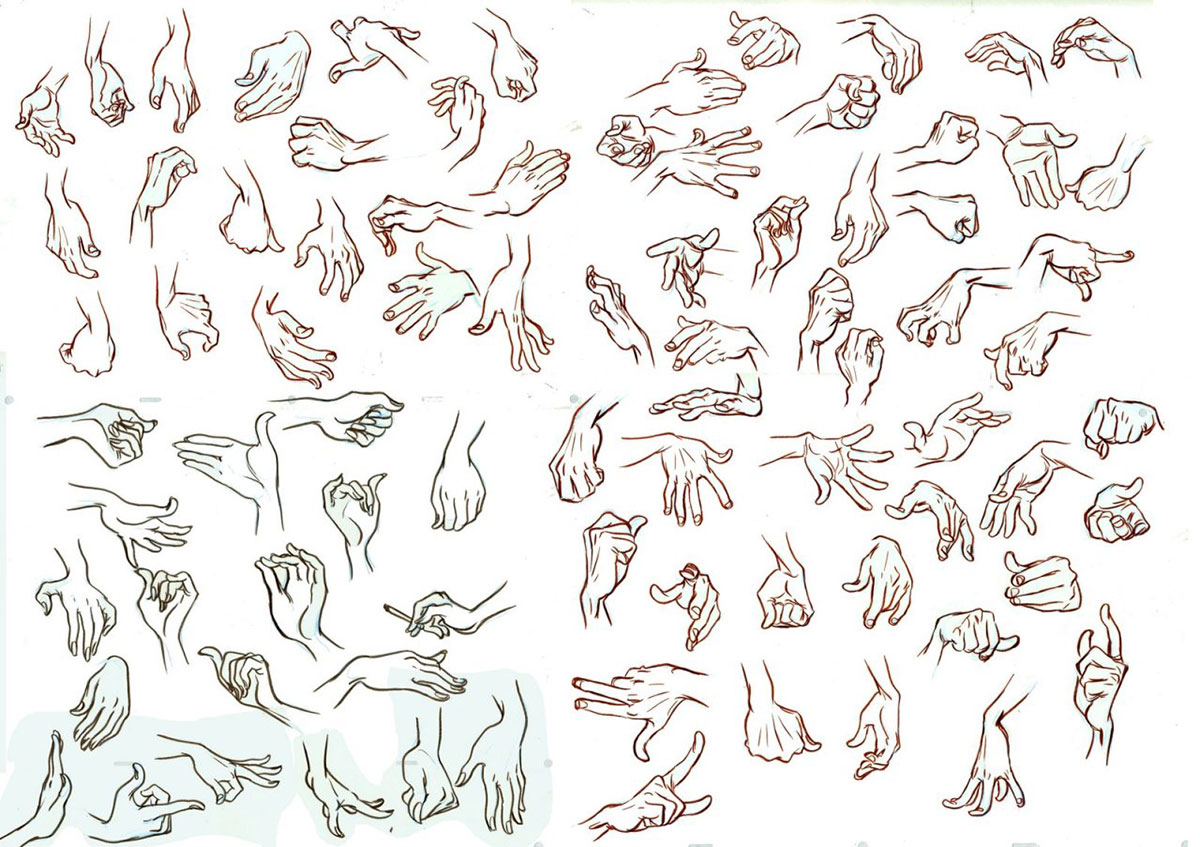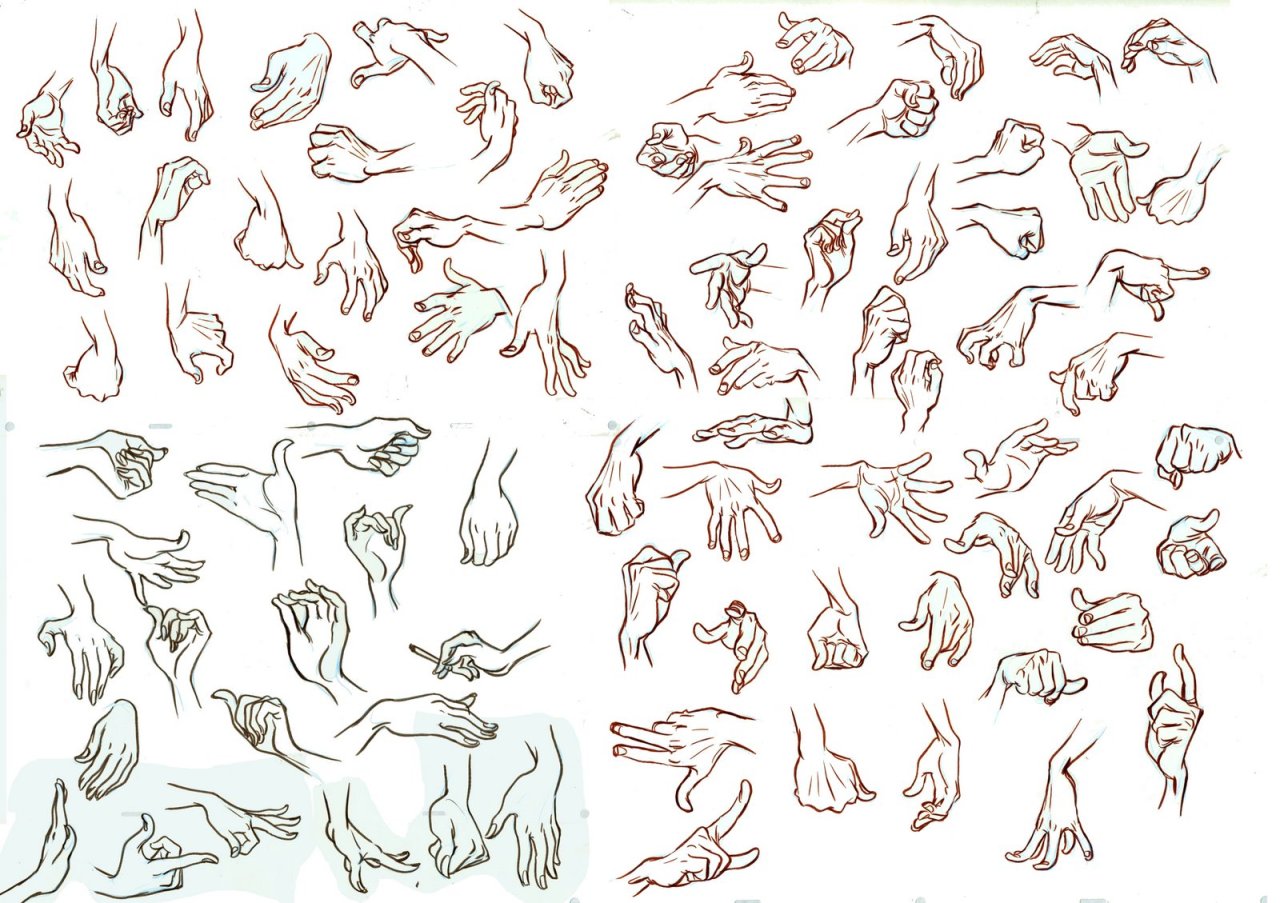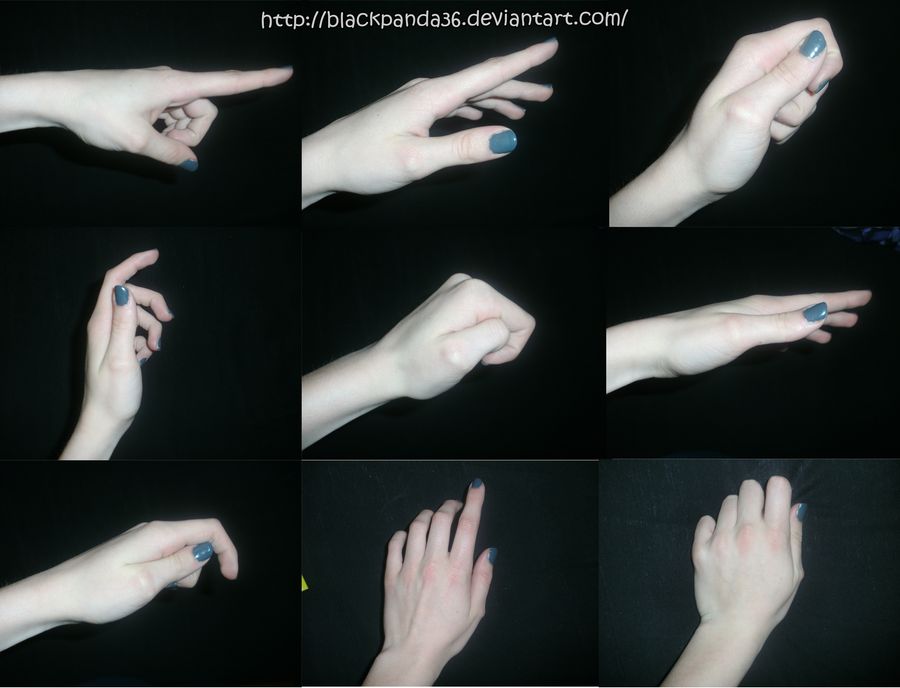Advertisement
In the world of craftsmanship where digital designs breathe life, getting hand references spot-on is non-negotiable. They say hands are the artist’s toughest challenge; I attest, they’re the portal to authenticity.
Nailing hand gestures or finger positioning isn’t just art. It’s science, it’s anatomy, it’s expressive storytelling encapsulated in a single stroke.
Dive deep with me, unravel the threads of hand anatomy precision.
We’ll leap beyond basics into drawing dynamic hands that pulse with character and narrative depth. Skills sharpen with drawing practice, but here, you’ll harness pro-level insights.
By article’s end, from palm outlines to knuckle details, you’ll wield the know-how to sketch not just hands – but tales that hands tell.
Ready your digital palette; let’s embark on a journey sculpting life-like masterpieces, pixel by pixel.
Hand reference resources
Check out this list that we prepared especially for artists that are looking for help for their hand reference work.
Hand Drawing References and Resources
A cool and fresh daily compilation of hands reference drawing can be found on this site. Check it out and see what other designers and picture artists do.
Proko
This is a big hand model pack that contains over 1500 photos all in HD. You will see hand reference from different angles and poses so it’s really good to start practicing with it. Even hands with objects are included and we don’t think you will find a larger pack compared to this one.
Probably it will take somebody at least a week to scroll down through Google to get a curated pack like this one. It’s not free but it might be just the one you need for your drawings because it’s good for both classic drawing and digital art.
One of the best sources to get inspired has to be Pinterest. And it is also valid for hand reference. Sometimes these platforms work better than Google Images so it should get a chance from you.
When you search on Pinterest you can discover hundreds of results sometimes even thousands. The cool fact is that any of the results can be used as reference material.
It’s free so all you have to do is go on it and start searching for what you need. In a couple of minutes, you will already be in the right spot!
Google Images
There is not that much to say here. Google Images is the most known resource for photos in any kind of domain. So, if hand reference photos are what you need then for sure you need to try it out. The database is huge, and chances are that you will surely find what you need.
Reference Book: Art of Drawing: Drawing Hands & Feet: Form, Proportions, Gestures and Actions
Although this book is not for beginners it can still be a great hand reference because it has a lot of explications on the anatomical side. A resource that can help!
Unsplash
Great resource of HD photos that are being taken by top photographers around the world. All media is published according to the CC0 license.
DeviantArt
If you type hand reference on this site, you will be amazed at how many cool stuffs you can find. A lot of the photos have been taken from other sources but there is still a decent quantity of work owned by the community.
Another cool thing is that you can find helpful groups that will guide you and help you focus on your drawing needs. Getting an account is easy and free and it’s a great start to expand your network and finding cool art reference photos.
Hands pictures
A simple resource to find the right-hand pose reference that you need.
Line of Action
A cool generator for drawing is this website. You can select what you need to draw together with preferences like model’s sex or time interval. It’s a great tool for both beginners and pro artists and starting to understand the human limbs can be achieved with it.
Just make sure you save it for future use and give it a go.
Pixabay
With more than 1 million photos available that have been published with the CC0 license. What this license stands for is the fact that you can use for free all the content on the site even if let’s say you want to make money out of it. It has an intuitive menu and you should be able to find easily and reference photos for drawing.
50 Hand Challenge Pack – 244 Hand References
Get this simple pack that has 244 hand drawing references. It’s great for somebody new to this and it will help you improve your skills.
The human hand-Reference pictures
Great hand reference resource that can be helpful in your work.
PicJumbo
Free photos that are usable for both personal and commercial work. Your art will look even better when you choose the right reference so give it a try.
Hand – free reference photo set 03
Another cool free set that you can get for your drawing practice. It has 9 hand reference pictures.
Take Better Photos of Your Own
Sometimes doing it yourself can be a real option. Take your photos of the subject you want to paint. Who knows maybe your best work so far will come from one of this?
Think of your hand as just having some areas of articulation that can be split into drawing stages. Take into mind that our hands are bigger than we think they are. Drawing always has similar rules to get cool art.
Use your hand reference resources to improve your skills and become the artist you want.
FAQ On Hand References
How Do I Accurately Capture Hand Proportions in My Drawings?
Let me break it down. Imagine your hand, each segment – the trick is using the hand anatomy as a ruler. Think of the palm as the base unit; fingers are typically about the same length.
Oh, and those artistic hand studies? They aren’t just for show. Study them. Sketch repeatedly. Muscle memory will be your friend here.
Can You Suggest Good Hand References for Artists?
Sure thing. Hit the books – anatomy for sculptors kind, they’re golden. Online? Bursting with resources. Databases full of gesture drawing tools.
And don’t overlook the raw deal – people around you. Observe, capture those hand expressions. Real-life? Beats photos, every single time.
What’s the Deal With the Anatomy of the Hand for Artists?
Ah, the meaty question. Artists, listen up: bones and muscles. They make those hand poses dynamic, expressive. Get yourself an anatomy chart.
Dive into those carpal bones, metacarpal magic. When you draw, think skeleton and muscle. That’s your backstage pass to believable hands.
Are There Any Techniques for Drawing Hands in Different Poses?
Techniques? A dime a dozen! 3D hand reference tools help visualize the rotations, foreshortening too. For freehand, remember the basics – cubes, spheres, cylinders.
Mold your hand shapes from these. Shadows and highlights, they’ll give you the depth. Practice from life, maybe throw in a mannequin hand for good measure.
How Does Hand Anatomy Differ Between Individuals?
Ever noticed? Hands are as unique as faces. Age, occupation, even personality – they leave their mark. Size up those finger joints, palm width, vein patterns.
On a quest for variety? Scope out different people, age groups, lifestyles. Your art will thank you for this real-world diversity.
How Can Understanding Hand Anatomy Improve My Art?
Well, you don’t put icing on a cake before baking it, right? Same deal here. Foundation first – bones, muscles, skin. They dictate every hand gesture, every crease.
Master these, and you’re in business. Your hands in artwork will have that oomph – they’ll tell stories, evoke emotions.
What Resources Are Best for Learning Hand Anatomy?
Books are your best pals – specifically, those geared toward artists’ anatomy. Online courses? They’re there for the taking. And the holy grail – anatomy charts and models. If you’re into digitals, drawing tablets and art tools are a blessing. Detail awaits at each click.
How Do I Draw a Hand Holding an Object?
Ah, the classic conundrum. Start by studying the hand expressions – how fingers curl around objects. Practice with—yep, you guessed it—simple shapes.
A mug, a ball, a pen. Let those objects teach your hand the dance. Soon, your drawn hands will grip, hold, and interact like pros.
How Important Is Shadowing When Drawing Hands?
Shadowing isn’t just important; it’s a dealbreaker. It breathes life into flat drawings, rounds out those finger positions, and tucks in reality. Picture this: light is your storyteller. Where it falls, where it doesn’t – therein lies the drama of your hand narrative. Embrace it.
What Are Some Common Mistakes When Drawing Hands?
Oh, where to begin? Scale – often too small or too symmetrical. Remember, asymmetry is natural. Then there’s stiffness. Hands are fluid, remember? They’re not static, they emote.
Get those thumb gestures and finger joints in harmony. And my two cents? Avoid the dreaded ‘sausage fingers’ at all costs.
Conclusion
And there you have it, the full scoop on hand references for the hungry artist’s soul. We started with the bare bones—a skeletal map leading us into the world where each tendon, each nail, has a tale to whisper in our designs.
To wrap this up, let’s not forget: hands are the storytellers in our visual narratives. They’re the unsung heroes of expression, each crease and contour adding layers to our digital sagas. From gesture drawing to anatomy charts that we’ve dissected, these guides serve as our North Star.
Armed with these insights, whether sketching that clenched fist echoing defiance, or an open palm whispering solace, you’re now set to craft hand visuals that captivate and resonate.
Remember—the devil’s in those details. So chase them, capture them, and let those hands in your canvas reach out and truly touch someone.
If you enjoyed reading this article with hand reference resources, you should read these as well:
- Drawing books for artists and beginners alike: Pick one from these.
- Futuristic Blade Runner art that makes you crave to see the movie again
- Check out this really neat Iron Man concept art
- How To Draw Yoshi: 24 Easy To Follow Tutorials - January 4, 2024
- How to draw Naruto with step by step drawing tutorials - January 4, 2024
- How To Draw A Sunflower: Tutorials To Learn From - November 20, 2023
















